Scientific name Oemleria cerasiformis Rank Species | Genus Oemleria Higher classification Oemleria | |
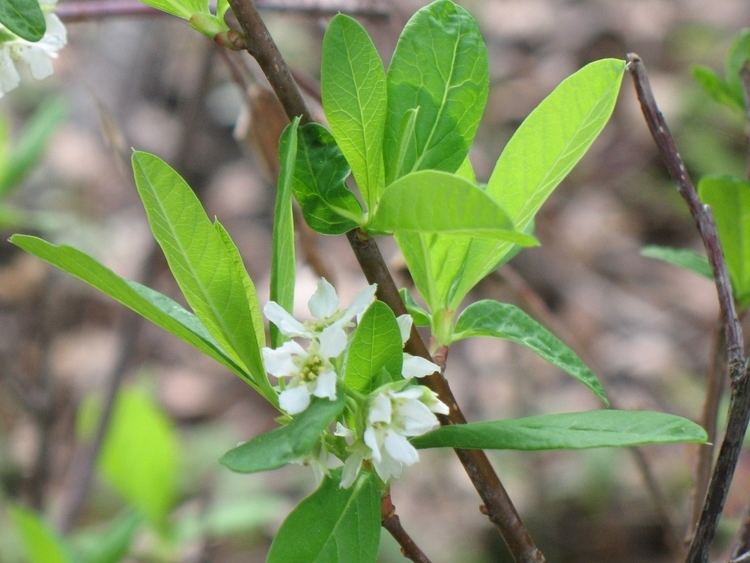 | ||
Similar Prinsepia, Holodiscus, Physocarpus capitatus, Neillia, Holodiscus discolor | ||
Oemleria cerasiformis indian plum
Oemleria cerasiformis, a shrub commonly known as osoberry or Indian plum, is the sole species in genus Oemleria.
Contents
- Oemleria cerasiformis indian plum
- Oso berry oemleria cerasiformis dorris ranch springfield oregon
- Description
- Uses
- References
Native to the Pacific coast and ranges of North America, from British Columbia, Canada to Santa Barbara County, California, U.S.A., it is among the first plants to leaf out and flowers early in the spring. It reaches a height of 1.5–5 m and has lance-shaped leaves 5–12 cm long.
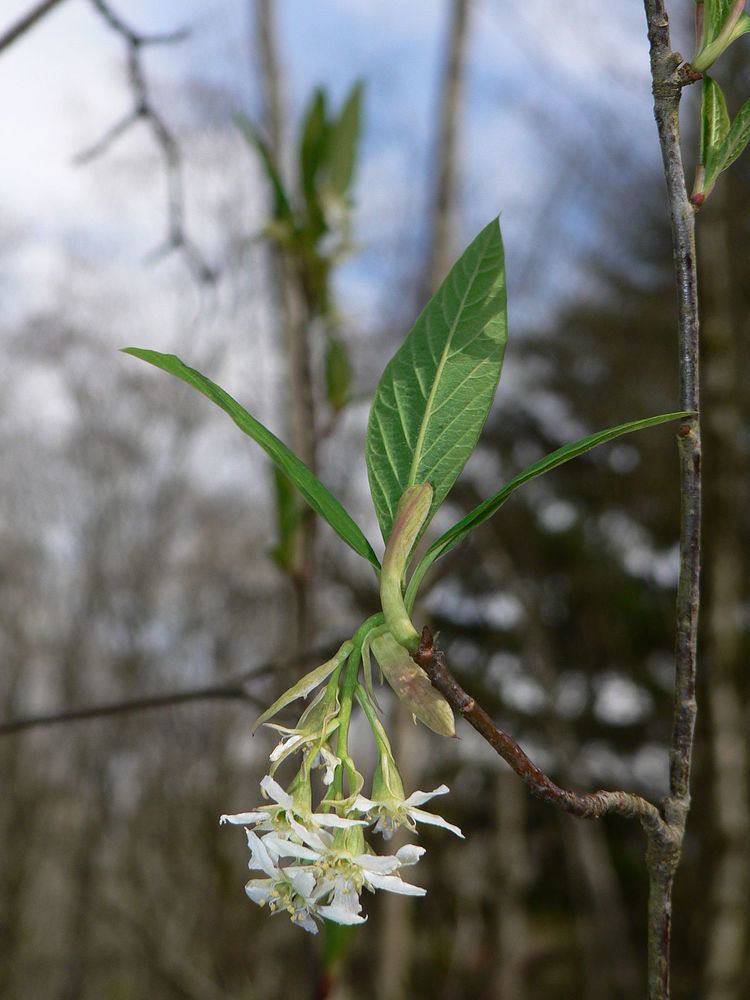
The fruits of osoberry are edible and resemble small plums which are dark blue when ripe. Indigenous peoples of the Americas include osoberry in their diets, make tea of the bark, and chew its twigs to use as a mild anesthetic and aphrodisiac.
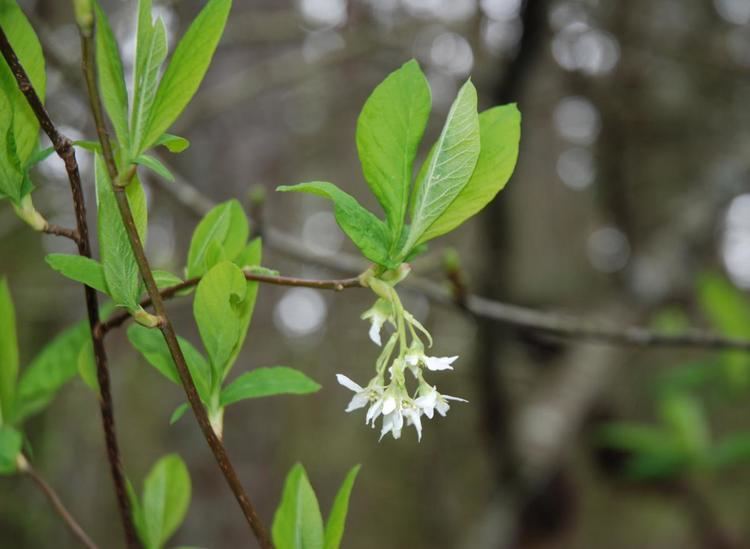
Oso berry oemleria cerasiformis dorris ranch springfield oregon
Description
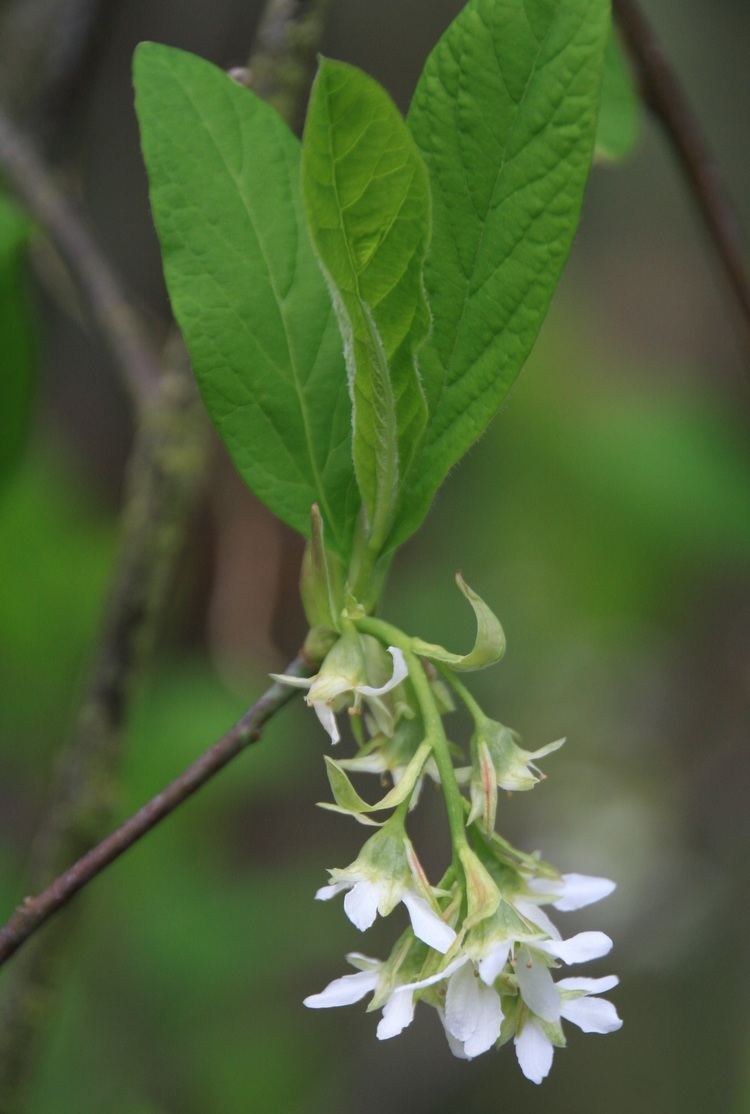
Osoberry is an erect, loosely branched shrub reaching 15 feet (4.6 m) in height. Leaves are alternate, simple, deciduous; generally elliptical or oblong, 2–5 inches (5.1–12.7 cm), light green and smooth above and paler below; margins are entire to wavy; fresh foliage smells and may taste like cucumber. Among the first plants to leaf-out in the spring. The plants are dioecious; male and female flowers occur on different plants. The flowers are whitish-green, bell-shaped, often appear in late winter before the leaves, and are about 1 cm across. The bitter-tasting fruit occurs in ovoid drupes up to 0.5 inches (1.3 cm) long, orange or yellow when young but blue-black when mature; borne on a red stem. The twig is slender, green turning to reddish brown, pith chambered, conspicuous orange lenticles. Bark is smooth, reddish brown to dark gray.
Uses
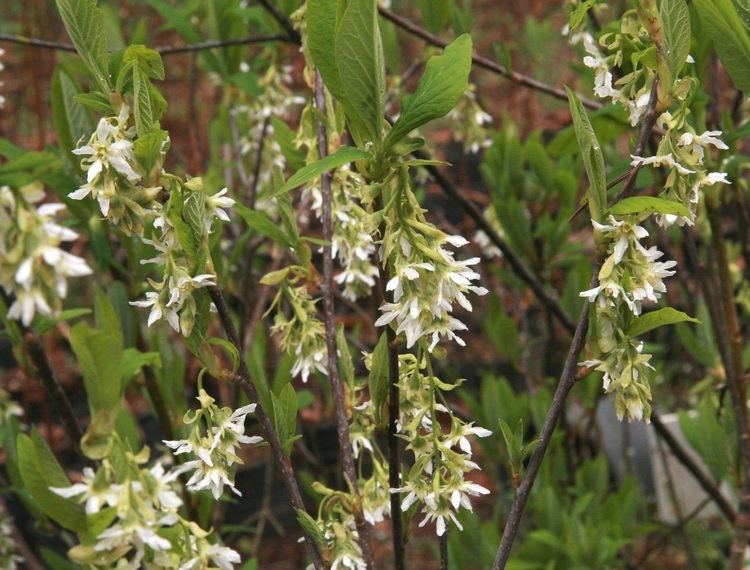
The wood is exceptionally strong and fine grained. With stems generally less than two inches [5 cm] in diameter, this small size limits the size of products that can be made from it. The fairly common straight shoots make fine primitive arrows and the rare, large enough and straight stem can be fashioned into an excellent self bow. It is also suitable for small wooden tools such as spoons, combs, knitting needles, etc. The fine grain and lack of significant figure also make the wood well suited for fine detail carving.
